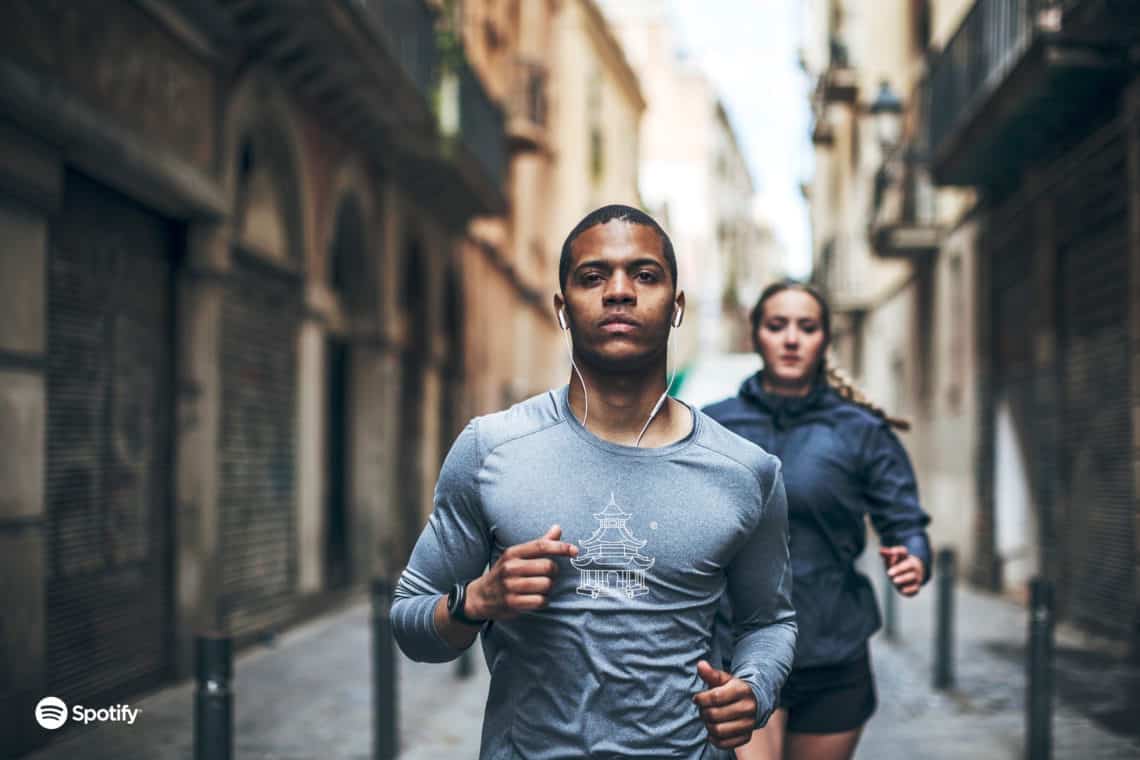
Summary: I write about bouldering. A fairly new sport that attracts a lot of attention these days. It is a challenging sport for the mind and the body. Read my post to learn more!
The misconception about bouldering
Let’s talk about bouldering! For a beginner, bouldering looks like a sport that requires nothing but muscles while you pull your body from one colorful rock to the next, until you reach the top. The truth cannot be further away from this statement. Bouldering is an extremely technical sport where you need good balance, core strength, brain power (!) that supports strategic planing, as well as those strong muscles. To try this version of rock climbing you need to be prepared for some tough times getting used to the wall.
First of all, if you haven’t done it before, your hands (as well as the rest of your body) will suffer. First I am sure you will demolish the skin on your hands. Handsome calluses form on your palms, and several, hefty discolorations will likely appear on your forearms and legs. What a promising start I say! At least you may feel safe with all the bouncy safety mats, and cables around you, topped with a sweaty helmet, and some protective shoes.
What is the goal in bouldering?
Naturally I would say to reach the top! But in reality it is much more than just that. How you reach and where you go is rather the answer. Basic techniques can be taught, however to be effective in your learning, you and your teacher would have to have the exact same size, shape and strength levels. I am not saying, this is impossible, however it is quite unlikely. The solution presented by one person, won’t fit everybody’s needs. Why? Because with different height, body shapes and muscle strengths you will be reaching for different rocks, and possibly plan a completely new strategy and route on the wall to someone for example taller, lighter, shorter than you are.
Although the strongest emphasis is on your arms and upper body strength, it is certain that strong legs also add to making climbing more efficient and steadier. The muscles in our legs are larger than in the arms, hence an improved stamina and core strength is guaranteed when using legs effectively during climbing.
Practice to perfection
- The more you practice simple moves, the more confident you will become with time. Yes, learning takes time and it is best to start with 2-3 sessions per week, 20-30 minutes per time. Here I’ve found a couple of really useful exercises on how to improve your bouldering skills.
- Invest in good climbing shoes. Running or gym shoes are too bulky to climb and often don’t fit well with the rocks and sharp edges.
- Wear a helmet. You see plenty of people not wearing one when bouldering, but that shouldn’t be the reason for you not to put one on.
- Have fun! There are many things to love about bouldering and hopefully you are not climbing the wall involuntarily. Enjoy your time up there.
- You naturally practice how to climb up, but it is a very useful suggestion to practice how to come down. Often without your actual consent… I am talking about falling! If you take up bouldering, you better be prepared for a couple of falls along your learning journey (and beyond). As you can’t avoid the inevitable, it is best to prepare for it.
- If you want to improve yourself, read as much as you can about bouldering. Learning about techniques, seeing photos and visualizing how others complete a climb can help you to expand your understanding.
Prepare to fall
- When you do fall, look down and observe where you are falling. By seeing and comprehending your location, you train your mind to work out the best and safest options to land. Again, this needs some time and getting used to but it isn’t difficult to learn. As a beginner, we recommend you to practice proactively falling by climbing up a bit and fall back. This technique will help you to develop the skills you need for safe landings when you climb higher.
- Climb with ease and try to relax your body. If you hold rigid muscles and worry about the distance to the mat, you hurt yourself easier. The reason for this is because your focus is not on what you are doing.
- Your aim should be to fall on your butt, instead of on your face/ front.
- Bend your legs when you fall and keep a flexible posture. This way when you hit the ground, you can organically roll on to the mat and reduce the impact of your fall.
Bouldering isn’t a sport for everyone, but certainly worth a try. If you end up loving it, you will most likely find a close knit community and a lifestyle beside the obvious benefits of muscle and mind training. Find your closest club and learn more about bouldering form a personal or group instructor.










